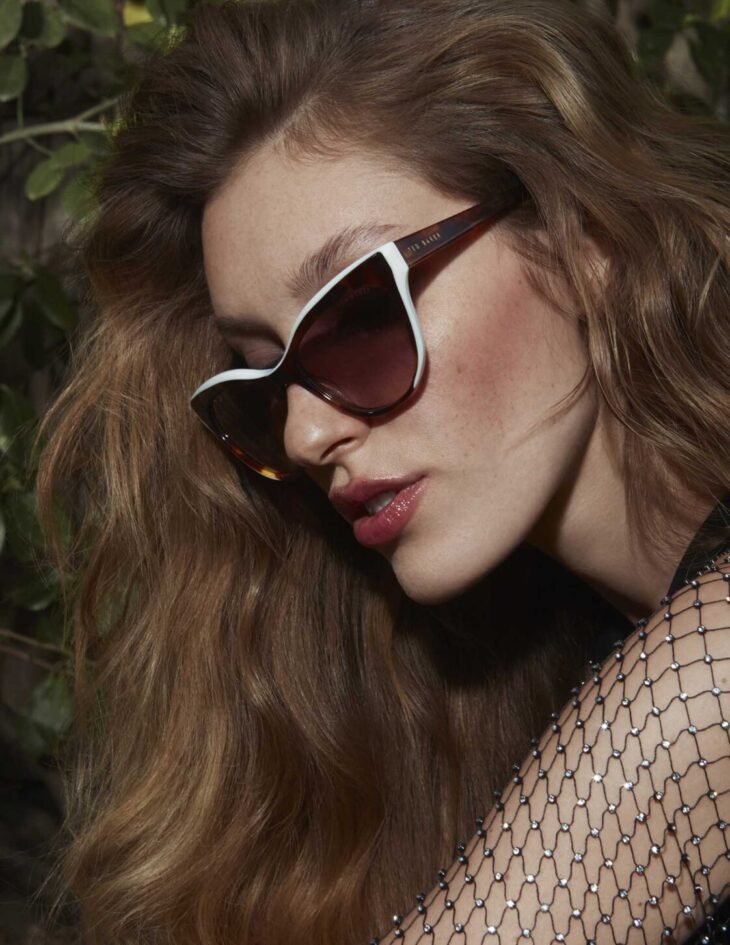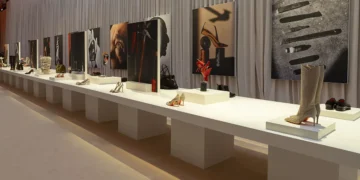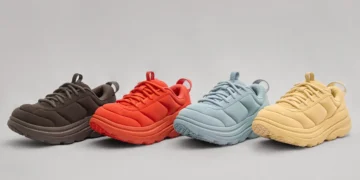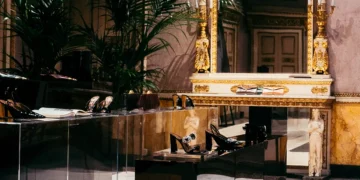
Have you ever purchased a pair of designer glasses only to find out they were fake? It’s a frustrating experience that can leave you feeling ripped off and embarrassed. But how can you tell the difference between real and fake designer glasses?
Designer glasses are a popular fashion accessory, and many people are willing to pay a premium price for them. Unfortunately, this has also led to a rise in counterfeit glasses being sold online and in stores. These fake glasses can be hard to spot, and many people unknowingly purchase them.
If you want to avoid falling victim to fake designer glasses, it’s important to know what to look for. In this article, we’ll go over some tips and tricks to help you recognize and identify fake designer glasses. With this knowledge, you can shop with confidence and ensure that you’re getting the real deal.
Analyze the Packaging
When analyzing packaging to determine if designer glasses are fake, look at the barcode or serial code and match them to a brochure. You should also find the manufacturer’s details on the packaging. The following details should be present on your packaging:
- Model number
- Frame size
- Color of the lenses
- Manufacturing country
If any of these elements are missing or if words have been misspelled on your packaging, chances are you have a fake product.

Look at the Casing
When buying a pair of designer glasses, look at images of the product on the brand’s website. This will give you an indication of what the casing looks like.
Authentic designer glasses usually come in high-quality, sturdy cases with the brand name or logo clearly printed on them. If the case feels flimsy or the logo looks poorly printed, it may be a sign that the glasses are fake.
Examine the details of the case. Designer glasses often come with additional accessories such as cleaning cloths and booklets about the brand. Check that these accessories match the brand and are of good quality. Look for any spelling mistakes or inconsistencies in the branding, as these can be signs of a fake product.
Inspect the Lenses
If you’ve bought a pair of designer sunglasses, it’s important to inspect the lenses thoroughly. Authentic designer glasses usually have high-quality lenses that are clear, free from scratches or blemishes, and are made from high-quality materials. If the lenses are cheaply made or appear to be low-quality, it’s likely that the glasses are fake.
Check the logo or brand name on the lenses. Authentic designer glasses will have the brand name or logo etched or engraved on the lenses. Poorly printed logos or brand names could indicate that you have a fake pair of glasses.
Quality of the Frames
Examine the overall construction of the frames. Designer frames are typically made with high-quality materials such as precious metals and have a precise and well-constructed finish.
Fake glasses have flimsy frames made with cheap plastic, or there could be visible chips in the paint. Some fake glasses could even have a coat of metallic paint to make it look like the frames are made from metal.

Subtle Differences in Branding
Check the logo and branding on the glasses. Authentic designer glasses will have a clear and crisp logo that’s not blurry or smudged. The logo should also be consistent with the branding of the designer, including the font, size, and placement.
Fake glasses will have subtle differences, such as spelling errors and different colors, and even the shape and position of the logo may be off. It’s important to compare your glasses to that of images from the brand’s website to ensure the branding isn’t fake.
Quality of the Hinges
The quality of the hinges for designer glasses is important as it determines the durability and longevity of the glasses. High-quality hinges are typically made of metal and are securely attached to the frame, allowing the glasses to open and close smoothly without wobbling or feeling loose.
To spot fake pairs of designer glasses, one should pay close attention to the hinges. Fake pairs may have hinges that are poorly attached or made of low-quality materials, causing them to feel flimsy or easily breakable. Additionally, the hinges may not open and close smoothly or may make a squeaking sound when moved.
Attention to Detail
Designer glasses are often crafted with a high level of attention to detail, which can be seen in the quality of the materials used, the precision of the construction, and the overall aesthetic appeal. Authentic designer glasses are typically made with high-quality materials such as titanium, acetate, or stainless steel and are often handcrafted with careful attention to detail.
One way to spot fake designer glasses is to look for inconsistencies in the construction or materials. Fake glasses may be made with lower-quality materials or may be poorly constructed, with visible seams or rough edges. The frames could also be skew, or one arm could be longer than the other.
By carefully examining the materials, construction, and branding of a pair of glasses, it’s possible to spot fakes and ensure that you are getting a high-quality product.
Final Thoughts
Identifying fake designer glasses can be a daunting task, but with the right knowledge and tools, it can be done. With these tips, you can confidently shop for and wear authentic designer glasses that not only look great but also protect your eyes.
Images from BEAUTY SCENE EXCLUSIVE: Sunny Side Up by Eric Hason – See the full story here



















